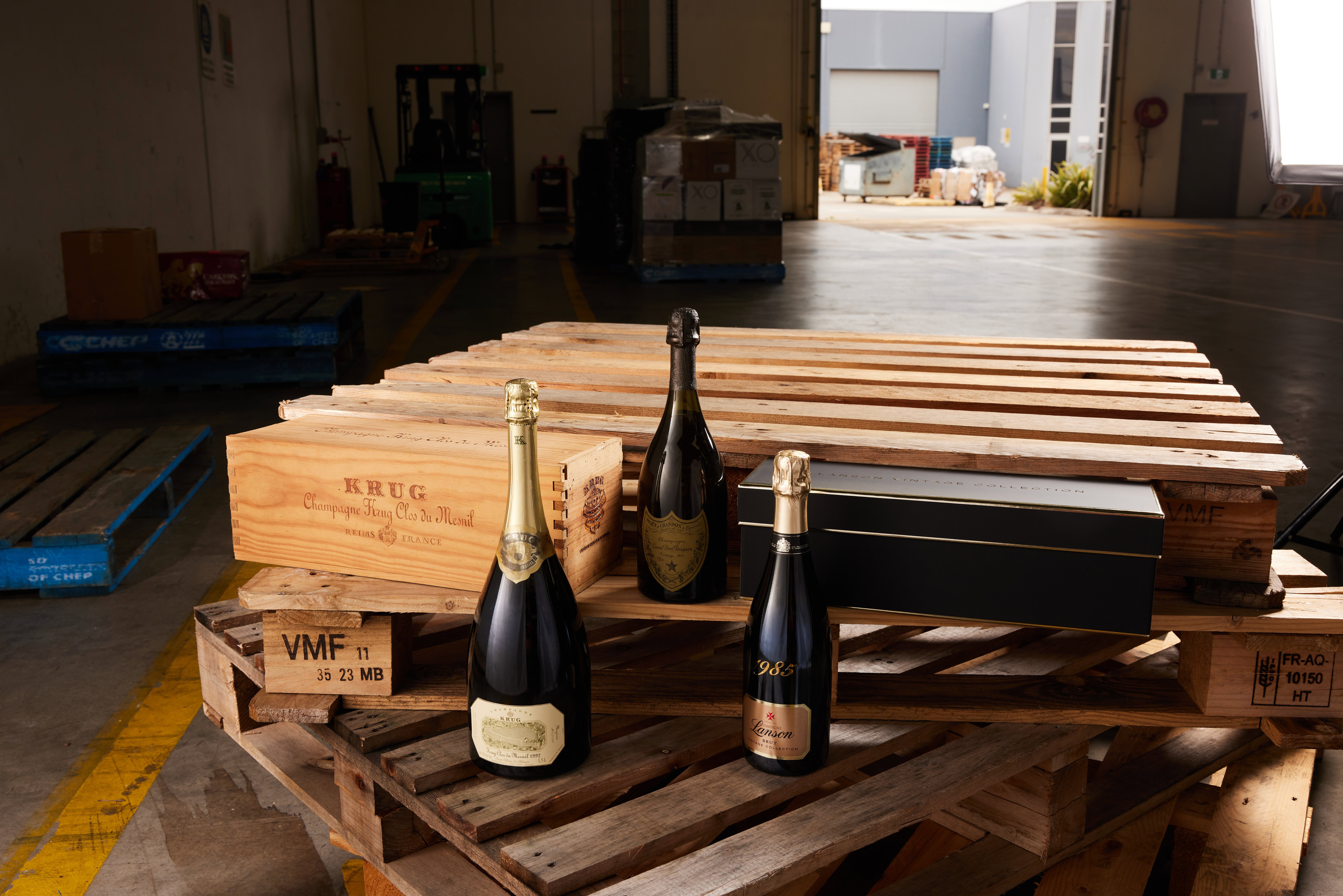Total wine sales have exceeded production for the second year in a row as Australian wine supplies tightens.
Wine Australia’s Production sales and inventory report 2019 shows the situation has contributed to increased value for the sector.
Wine production in 2018–19 was just under 1.2 billion litres (or 133 million 9-litre case equivalents), in line with the 10-year average, although 6% below the 2017–18 figure.
Despite the fall in volume, sales value to winemakers increased by $114 million - or 2% - to $6.36 billion.
Red wines sales exceed white for first time
Wine Australia Chief Executive Officer Andreas Clark said the increasing value of Australian wine sales, especially exports, demonstrated the strong demand for Australian wine globally and the shift to a focus on higher value products.

Reds made up 57% of production, compared with 52% the previous year. While this is partly related to seasonal variations, it was also a response to changing consumer preferences.
Red wine accounted for 60% of export sales, while in the domestic market, which has long been dominated by white wine, sales of Australian red wine in 2018–19 exceeded those of white wine for the first time.
Clark said two near-average years of production in a row coupled with a growth in exports had resulted in a draw down of stock.
Inventory is estimated to have decreased by 6% (approximately 100 million litres) overall to 1.77 billion litres, although this reduction was almost entirely in white wine, which decreased by 12%.
Stocks of red wine did not change, and the stock-to-sales ratio for reds increased slightly, although at 1.42 it remained below the long-term average of 1.6.
Clark said red wine – particularly premium red wine – required longer maturation before it was ready for sale; therefore, counter-intuitively, an increase in demand could still result in an increase in stocks-to-sales ratio. Essentially this means that winemakers need to build up their stock of reds if they are to meet future requirements.
According to the report, the outlook for the Australian wine sector in the short term is generally positive. A smaller global harvest in 2019, along with a favourable exchange rate for the Australian dollar against the US dollar and continued strong demand from Asian export markets, should further enhance export opportunities for Australian wine producers in 2020.
However, while signs are generally positive, the balance between supply, demand, price and international competition remains precarious.
Clark warned a lack of available Australian wine supplies from the 2019 harvest was likely to limit export volume growth in 2020, while the effects of recent events including bushfires and the novel coronavirus outbreak on global and local demand were yet to be determined.
Wine prices predicted to rise following bushfires
Analysts are predicting that bushfire and smoke taint damage will lead to increased grape and wine prices in Australia.

Share the content










